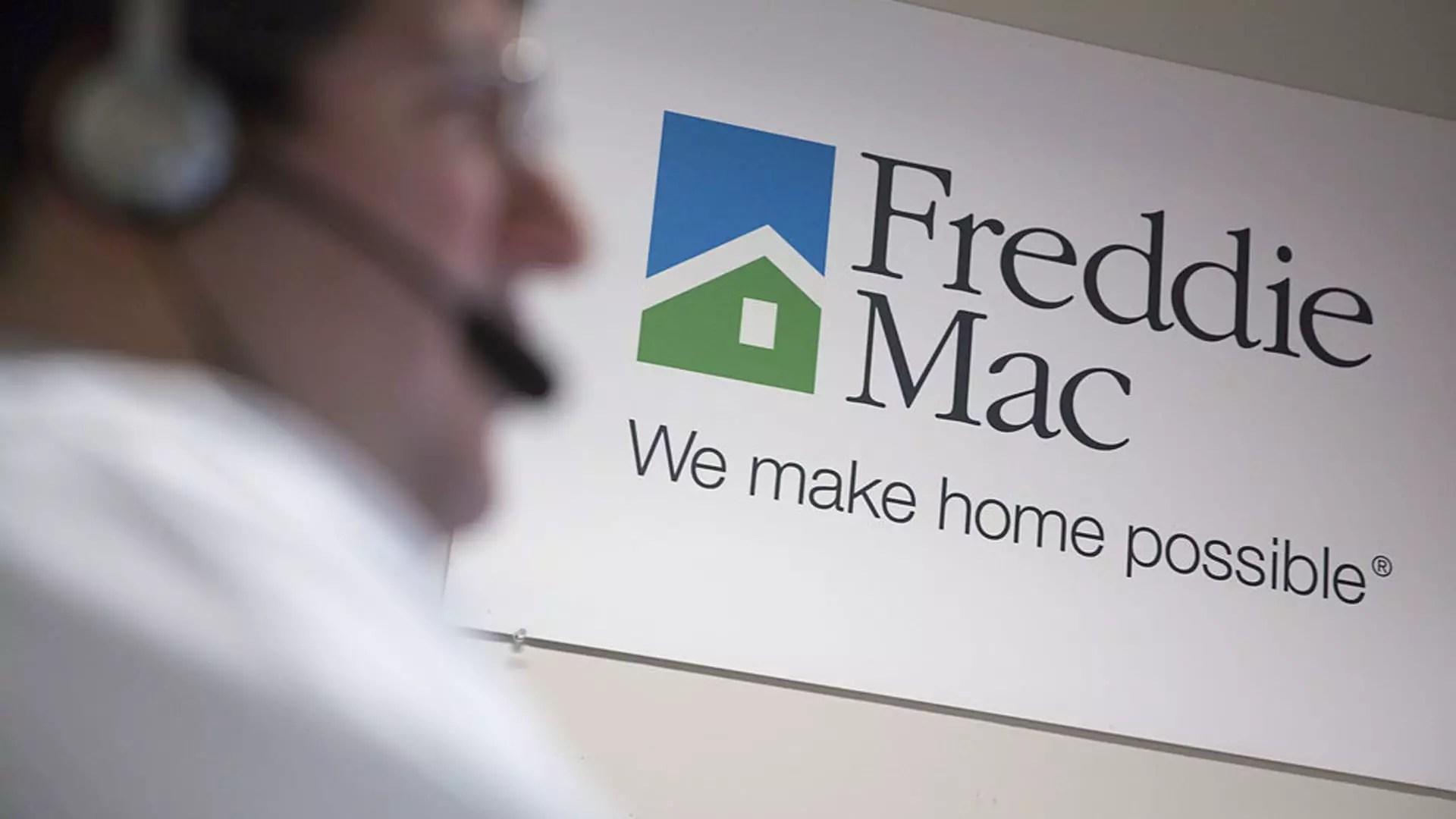Fannie Mae and Freddie Mac have been integral to the U.S. mortgage landscape, servicing millions of homeowners and shaping the very framework of housing finance. As entities placed into government conservatorship during the tumultuous financial landscape of 2008, questions loom about their future administration. With shifting political tides and a recovering economy, the debate around the potential exit from conservatorship is intensifying, raising both hopes and concerns among various stakeholders.
Fannie Mae and Freddie Mac were thrust into the national spotlight during the financial crisis of 2008 as the housing market crumbled under the weight of widespread mortgage defaults. This catastrophic downturn resulted in millions of foreclosures, with estimates suggesting approximately 3.8 million homes lost from 2007 to 2010. The federal government intervened, underwriting massive lines of credit to stabilize these entities, which had effectively become too big to fail. The Treasury Department’s initiative to recapitalize Fannie Mae and Freddie Mac was driven by a need to safeguard the economy and protect taxpayers, who would face the brunt of the fallout without government action.
The profitability of these government-sponsored enterprises (GSEs) subsequently fluctuated; profit sweeps meant to recoup federal funds turned them into financial orphans in a volatile market. Their stock values plummeted, becoming almost negligible. This conservatorship effectively stifled their capacity to operate independently, limiting their potential to influence mortgage rates positively.
Mark Calabria, former director of the Federal Housing Finance Agency, has voiced critical concerns regarding the risks of maintaining the status quo. While he maintains optimism about the economy, his apprehension about exposing taxpayers to potential future downturns cannot be overstated. The GSEs are characterized by high leverage—historically around 1,000 to one—which left them virtually devoid of capital. The complexity of their financial models means that any misstep could inflict substantial damage on the national economy.
Calabria and other advocates for reform argue that muddled oversight and the existing conservatorship are unsustainable. He warns that while the U.S. mortgage system functions in boom times, it may lack the resilience needed for downturns, suggesting that serious overhauls are necessary to fortify these institutions against future economic turbulence.
As discussions about the future of Fannie Mae and Freddie Mac progress, opinions diverge sharply. Supporters of privatization, including Calabria, argue that removing government control could bolster capital reserves, offering greater stability and resilience. Critics, however, raise alarm bells about the consequences this might have on mortgage rates. Mark Zandi, a prominent economist at Moody’s, has forecasted that without a government backstop, mortgage rates could surge by 60 to 90 basis points.
This dichotomy underscores a critical debate in housing finance: Can a privatized Fannie Mae and Freddie Mac operate effectively without leading to higher costs for consumers? Advocates for reform suggest that a well-structured privatization approach might actually lower mortgage rates, creating a more competitive environment in the housing market.
As the U.S. economy emerges from the shadows of past crises and adapts to current circumstances, the path ahead for Fannie Mae and Freddie Mac remains uncertain. Policymakers face a balancing act of reforming these pivotal institutions while safeguarding the interests of taxpayers and homeowners.
The prospect of exiting conservatorship poses both opportunities and risks, as the country must grapple with the implications of privatization versus federal oversight. The discussion surrounding these firms is not merely an economic matter; it is a crucial conversation about the integrity of America’s housing finance system and its ability to support future generations of homeowners.
In essence, the decisions made in the coming years could redefine the landscape of the mortgage market for decades, shaping not only how homes are financed but also whether they remain affordable for the average American.


Leave a Reply